Exploring Vietnamese culture is a vibrant and delightful journey filled with authentic flavors, rich traditions, and warm hospitality. However, not all experiences labeled as “Vietnamese” offer the genuine article.
In this guide, we uncover 15 red flags that might indicate you’re not truly savoring the real Vietnamese experience. From the ambiance of dining spots to the ingredients used, these signs help you discern authenticity and appreciate the true essence of Vietnam.
Whether you’re dining out or shopping for ingredients, these cues will ensure your Vietnamese adventure is as genuine as it gets.
1. Dirty or unkempt dining area

Walking into a restaurant, the ambiance often sets the stage for the meal ahead. A dining area that is dirty or unkempt can speak volumes about the establishment’s attention to detail. Imagine sitting at a table with sticky surfaces, remnants of the previous patrons’ meals, and an overall lack of cleanliness.
Such neglect can indicate not only poor hygiene but also a disregard for the authentic Vietnamese dining experience. A truly Vietnamese setting embraces simplicity and neatness, reflecting cultural respect for guests. Always look for tidy, welcoming environments that mirror Vietnam’s warm and hospitable nature.
2. No Vietnamese ingredients on the menu
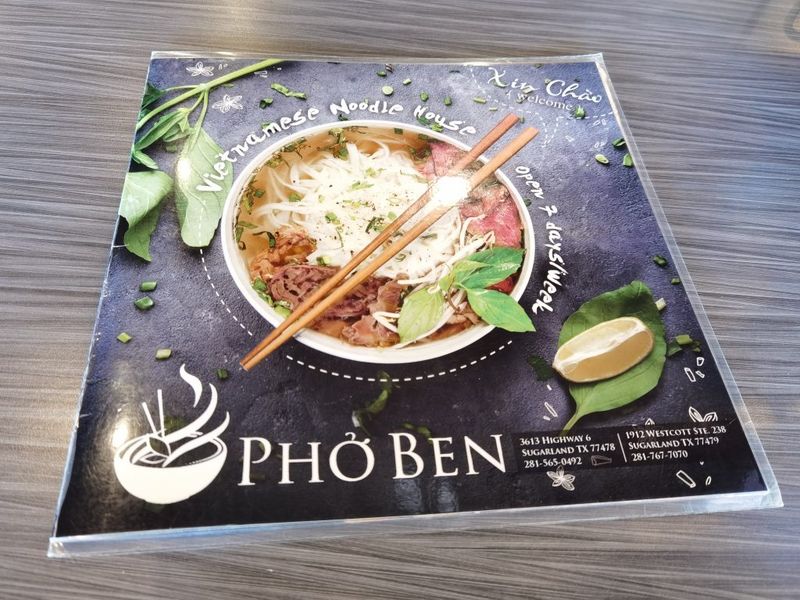
A menu devoid of quintessential Vietnamese ingredients is a red flag for authenticity. Vietnamese cuisine is renowned for its fresh herbs, fish sauce, and lemongrass. These ingredients are not just flavors; they are the essence of Vietnamese cooking.
If you find dishes described without these key elements, it might be a sign of a generic or Westernized version of Vietnamese food. Real Vietnamese menus feature vibrant descriptions of fresh ingredients, hinting at the rich, aromatic dishes to come.
To experience the real deal, seek out eateries that celebrate these traditional components.
3. Fake or processed ingredients
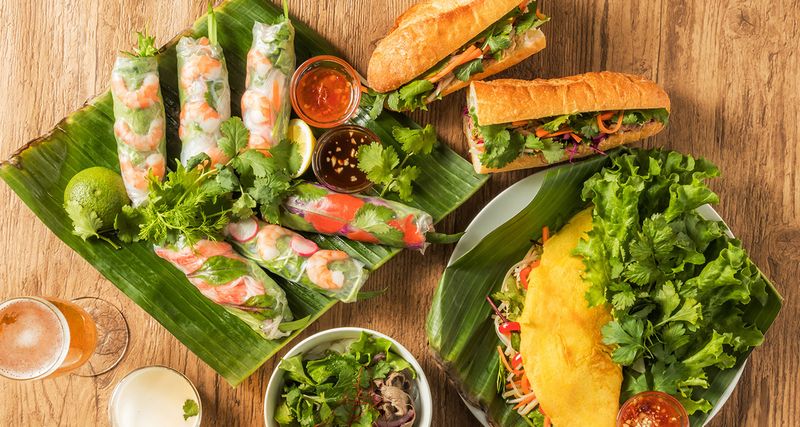
The use of fake or processed ingredients can be a telltale sign of authenticity lacking in Vietnamese cuisine. True Vietnamese dishes rely on the freshness and quality of their ingredients. Picture a bowl of pho made with powdered broth or spring rolls stuffed with imitation crab meat.
Such shortcuts not only diminish flavor but also betray the rich culinary traditions of Vietnam. The freshness of Vietnamese cuisine is a hallmark that should be celebrated, not substituted with convenience. Always opt for places that pride themselves on using fresh, authentic ingredients.
4. Limited or no vegetarian options
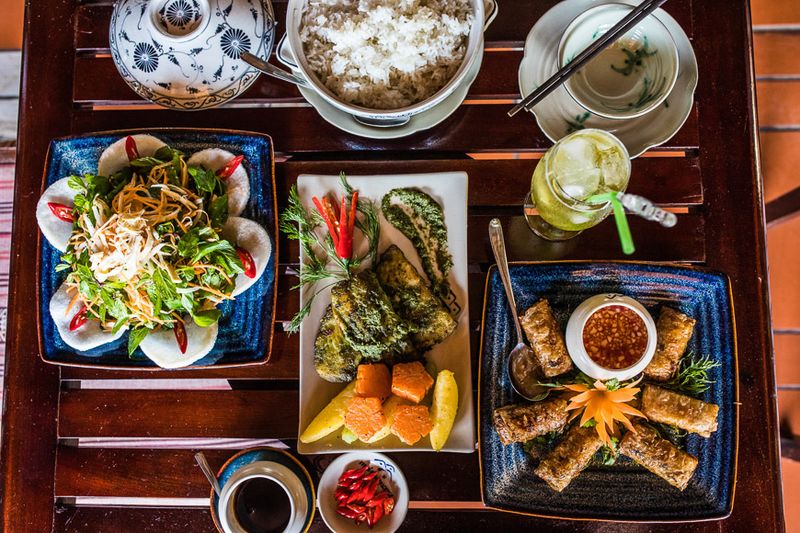
Vietnamese cuisine is celebrated for its versatility and ability to cater to various dietary needs, including vegetarianism. If a menu offers limited or no vegetarian options, it’s a red flag that it might not be genuinely Vietnamese. Traditional Vietnamese dishes often include tofu, mushrooms, and an array of fresh vegetables, making them naturally vegetarian-friendly.
A lack of such options suggests a deviation from authentic practices. Seek out menus that showcase the rich variety of plant-based ingredients, which are plentiful in real Vietnamese cooking.
5. Overly Americanized versions of dishes
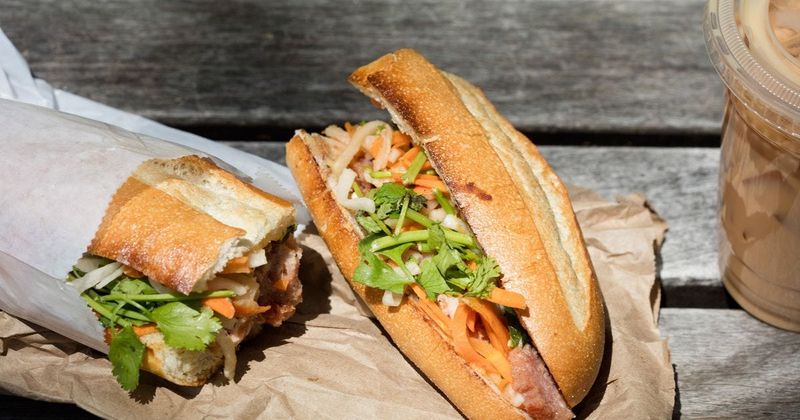
A hallmark of a compromised Vietnamese experience is when dishes are overly Americanized. Imagine a bowl of pho garnished with toppings like cheese or bacon—ingredients foreign to the authentic recipe. Such embellishments may cater to mainstream tastes but stray far from traditional Vietnamese cooking.
Authenticity lies in the balance of flavors and simplicity that defines Vietnamese cuisine. When dishes are altered to the point of losing their original identity, it detracts from the cultural experience. Look for restaurants that honor traditional recipes without unnecessary alterations.
6. Badly chopped herbs or vegetables
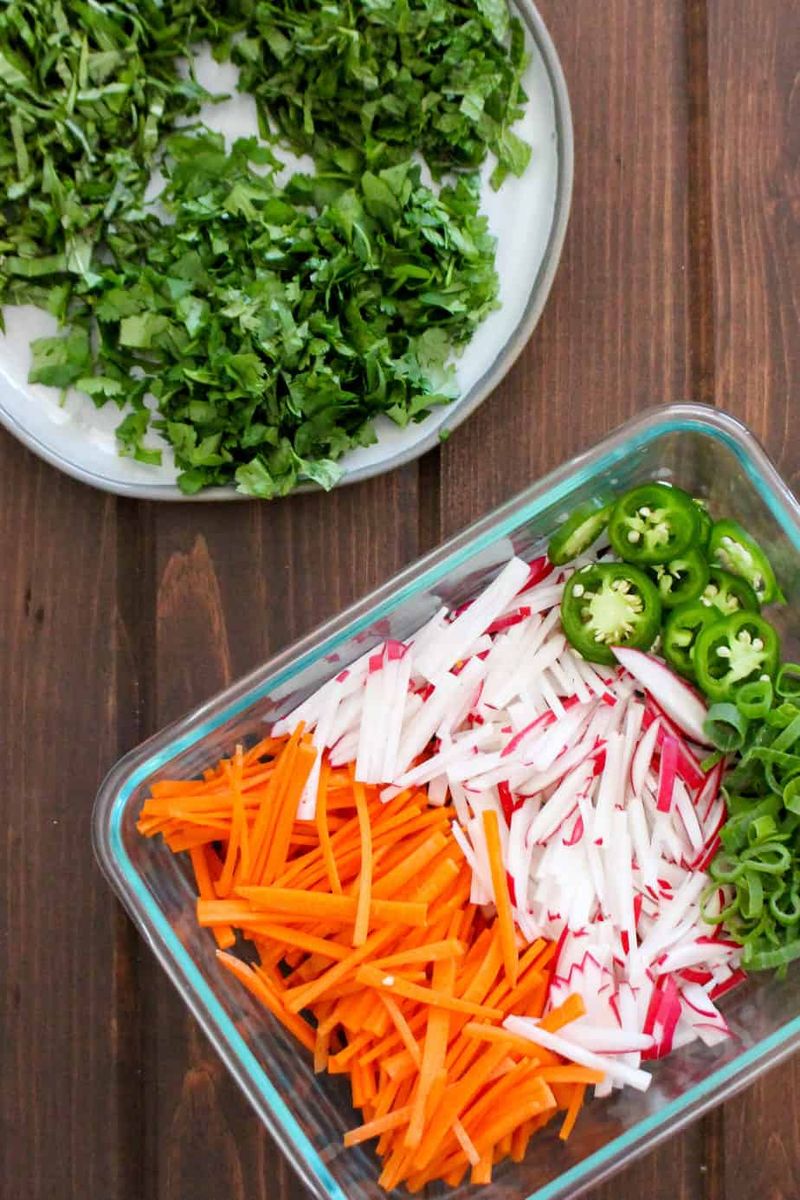
In Vietnamese cooking, the art of preparation is as crucial as the cooking itself. Badly chopped herbs or vegetables can indicate a lack of skill or care in crafting dishes.
Visualize a dish where the herbs are wilted, unevenly cut, or the vegetables are of random sizes—this not only affects presentation but also the delicate balance of flavors. The meticulous preparation of ingredients is a testament to the respect for culinary traditions in Vietnam.
Properly cut fresh herbs should enhance, not hinder, the dining experience. Always cherish venues where preparation is given the attention it deserves.
7. Unusual or unfamiliar scents
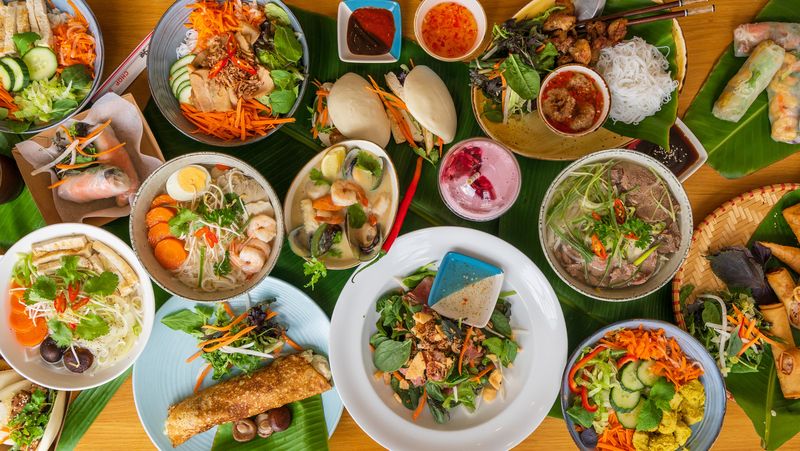
Scent plays a vital role in the culinary experience, especially in Vietnamese cuisine. Unusual or unfamiliar scents can be a warning sign that something is amiss. Imagine sitting down to a meal and being greeted by overpowering or strange odors that don’t align with the dish in front of you.
Authentic Vietnamese food is aromatic, with inviting scents of herbs and spices. If the smells are off-putting or unrecognizable, it might indicate the use of improper or stale ingredients. Trust your nose—it can often guide you toward a true Vietnamese taste adventure.
8. Overly salty or bland broth
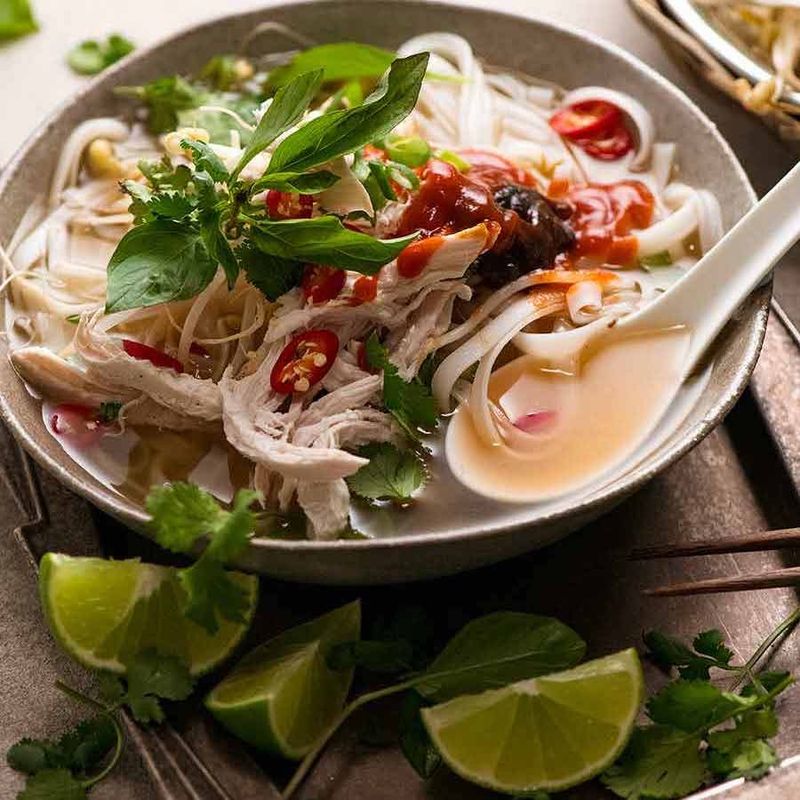
The broth is the soul of many Vietnamese dishes, especially pho. An overly salty or bland broth is a major red flag for authenticity. Visualize sipping a broth that overwhelms with saltiness or offers no depth of flavor—this is a stark departure from the rich, nuanced broths Vietnamese cuisine is known for.
A true pho broth is simmered with care, balancing spices, herbs, and bones to create a symphony of taste. When this delicate balance is disrupted, it misses the mark of genuine Vietnamese cooking. Seek out eateries where the broth sings with authentic flavor.
9. Lack of customization
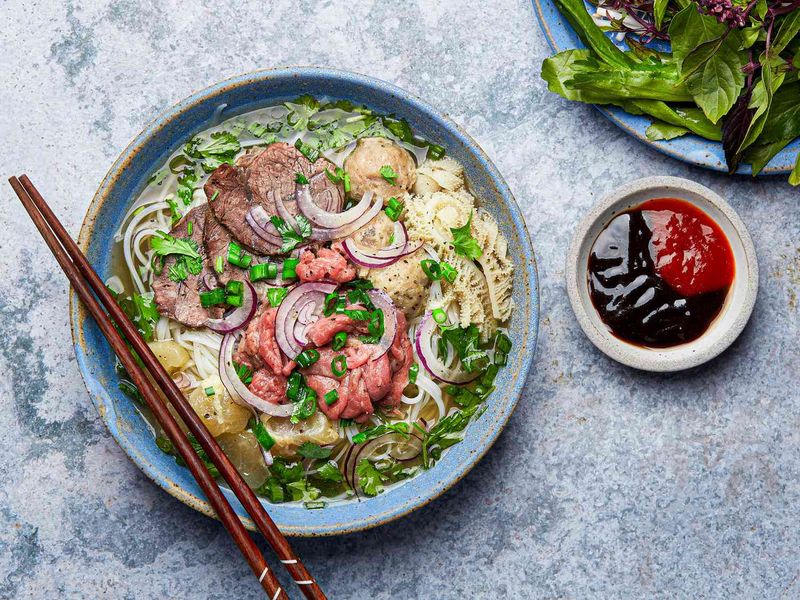
Customization is a key aspect of the Vietnamese dining experience, giving diners the freedom to adjust dishes to their tastes. If a restaurant doesn’t allow for personalizations, such as adding fresh herbs or modifying spice levels, it may not reflect authentic Vietnamese cuisine.
Consider a meal where you’re unable to adjust the flavors—this lack of flexibility goes against the essence of Vietnamese food.
Genuine Vietnamese establishments offer a variety of condiments and garnishes, encouraging diners to engage with their meals. The ability to customize is what makes enjoying Vietnamese food a personal and delightful experience.
10. Slow or unfriendly service
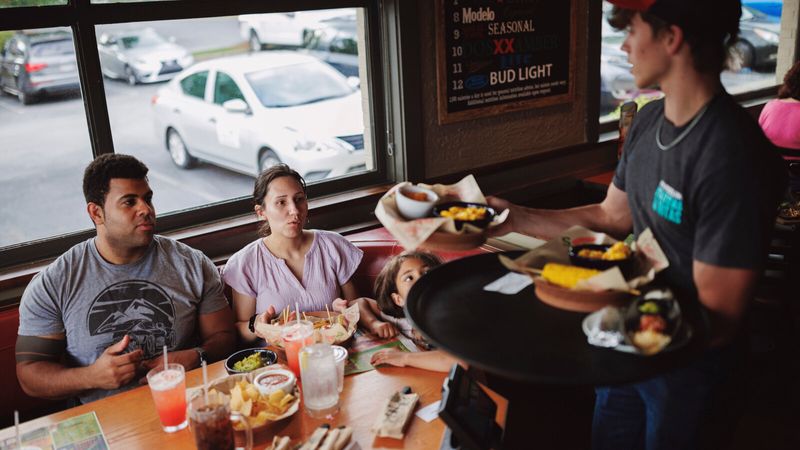
Service is an integral part of the dining experience, especially in Vietnamese culture where hospitality is valued. Slow or unfriendly service can indicate a lack of authenticity.
Imagine being greeted with indifference or experiencing long waits that dampen the meal’s enjoyment. Authentic Vietnamese establishments often embody warmth and efficiency, ensuring guests feel welcome and valued.
Good service enhances the overall experience, making diners feel like part of the family. When service is lacking, it can detract from the enjoyment of the meal. Seek out places where hospitality is prioritized.
11. Inconsistent or poorly executed dishes
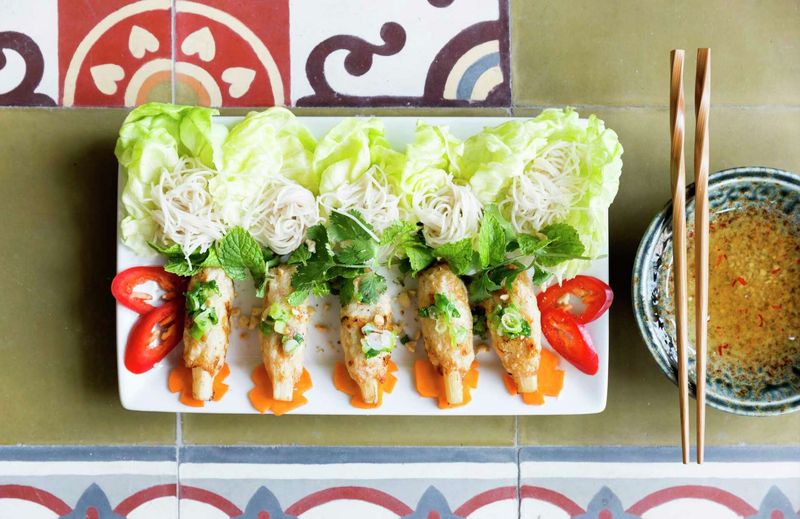
Consistency is key in delivering an authentic culinary experience. When dishes are inconsistent or poorly executed, it can tarnish the perception of Vietnamese cuisine. Imagine ordering a dish that varies each time—sometimes bland, other times over-seasoned. Such inconsistencies can indicate a lack of expertise or attention to detail.
Real Vietnamese cooking is a craft, honed over time with precision and care. A reliable establishment produces dishes that consistently meet high standards, allowing the true flavors of Vietnam to shine. Trustworthy venues maintain the quality and integrity of their offerings with each visit.
12. Tiny portion sizes for the price
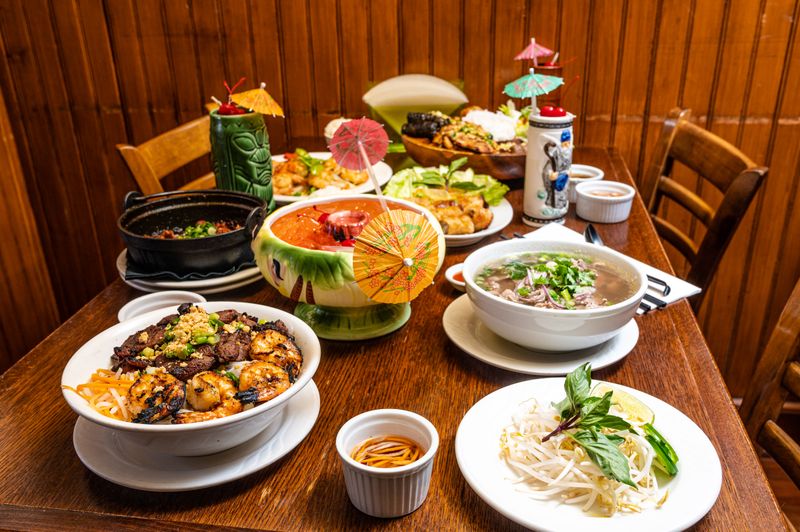
Portion size is a tangible marker of value and authenticity. Tiny portions that don’t match the price are a red flag in any culinary experience, including Vietnamese. Imagine being served a scant plate with little substance, leaving you unsatisfied both in appetite and value. Authentic Vietnamese eateries are known for generous servings that reflect the communal and sharing nature of the culture.
They ensure diners feel their meal is worth the price paid. If you find yourself questioning the value, it might not be the genuine Vietnamese experience you’re seeking. Look for places where portions match the promise.
13. No traditional sauces
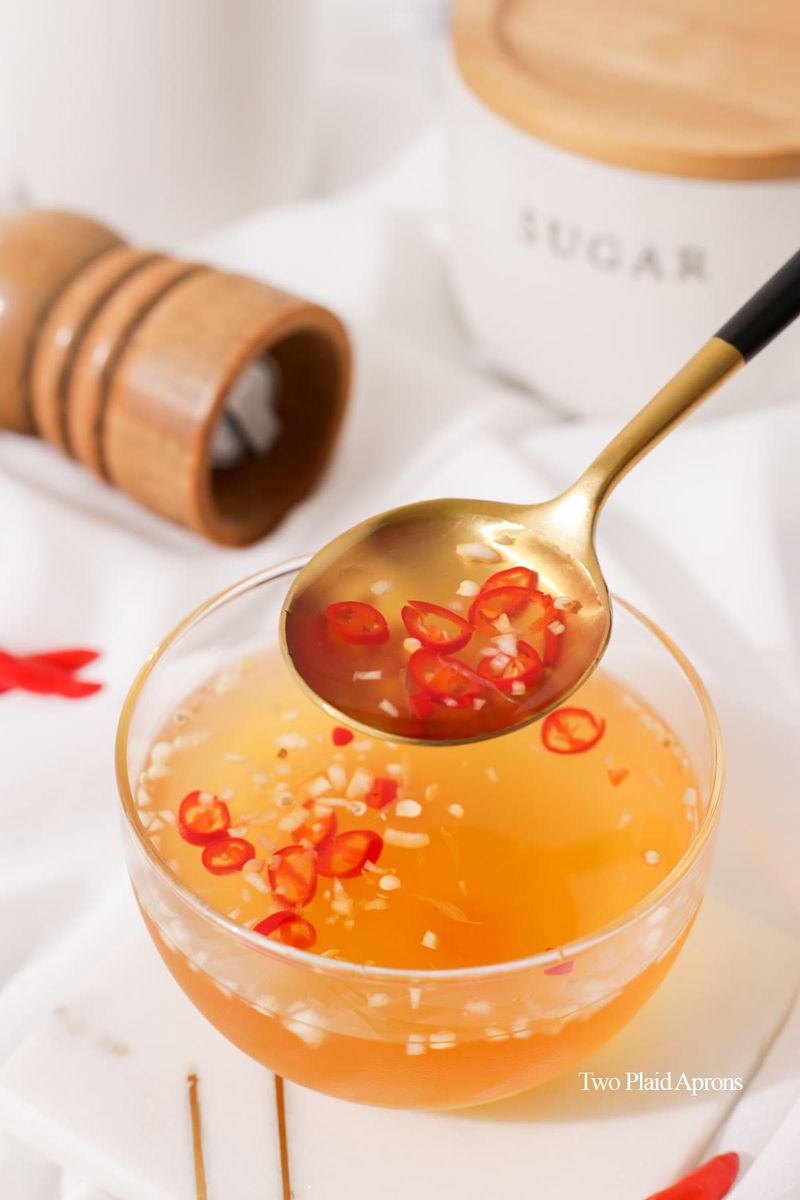
Vietnamese cuisine thrives on the symphony of its sauces, adding layers of flavor and authenticity. A lack of traditional sauces like fish sauce or hoisin can signal an incomplete Vietnamese experience.
Picture a meal served without these essential accompaniments, leaving dishes feeling flat and uninspired. These sauces are more than add-ons; they are integral to the taste and character of Vietnamese food.
Original eateries proudly offer a variety of sauces, inviting diners to tailor their meals and elevate flavors. If sauces are missing, so might be the heart of the Vietnamese dining experience.
14. Tacky decor
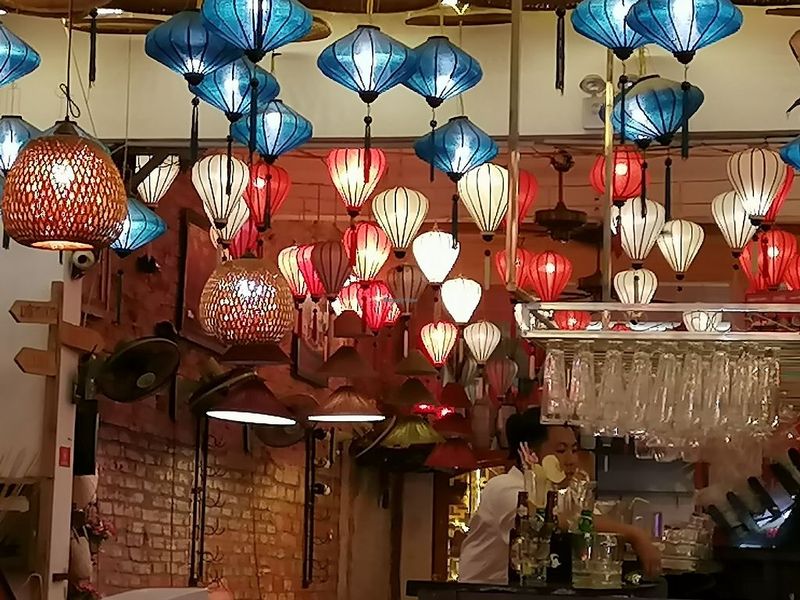
The decor of a dining venue can significantly influence the authenticity of the experience. Tacky or mismatched decor that seems more like a theme park than a reflection of Vietnamese culture can be a warning sign. Imagine walking into a restaurant with neon lights, gaudy wall art, and a confusing mix of styles—this setting can distract from the culinary journey you’re meant to embark on.
Authentic Vietnamese decor is often understated, emphasizing natural elements and cultural symbols. A genuine ambiance complements the food, offering a holistic sense of Vietnam’s rich tradition and hospitality.
15. No locally sourced or fresh ingredients
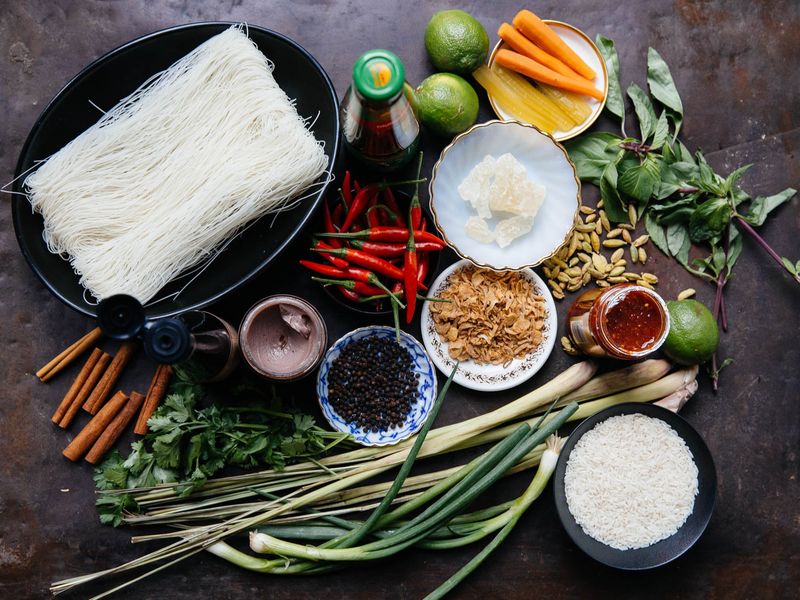
Freshness and locality are the cornerstones of Vietnamese cuisine. When ingredients aren’t locally sourced or fresh, the authenticity of the dishes can be called into question.
Imagine a meal made with ingredients that traveled thousands of miles, losing their essence and vibrancy. Vietnamese cooking thrives on the immediacy of fresh produce, herbs, and spices, typically sourced right from local markets.
This commitment to fresh, local ingredients ensures the flavors are lively and true to their roots. Seek out places that emphasize local sourcing, bringing the real taste of Vietnam to your plate.
Leave a comment